
By Audrey Sellers
Beginning in their 30s, most people lose 3 to 5% of their muscle each decade. By the time they hit 80, between 11 and 50% of the population will have sarcopenia. This gradual loss of muscle and strength can lead to an increased risk of falls and fractures. Age-related muscle loss can also negatively impact quality of life due to mobility issues. This means everyday activities, like getting dressed or strolling through your neighborhood, can become increasingly challenging.
There’s good news, though. Age-related muscle loss isn’t inevitable. With a few smart habits, you can rebuild your strength and stay active for years to come. Here’s how to keep your muscles happy and humming:
Incorporate more strength training. Whether you reach for resistance bands, lift weights, or do bodyweight exercises like pushups and lunges, strength training is like a multivitamin for your muscles. It nourishes your body and keeps it working at its best. If you’re not sure where to start, check out YouTube channels that focus on strength training for older adults.
Consume more protein. Muscles are made of protein, and as you get older, you need more of it to maintain muscle mass. Try to get 20 to 30 grams per meal. This looks like a palm-sized portion of fish, chicken, tofu, or beans. Don’t skip breakfast, either. Kickstart your day with a protein smoothie, eggs, or Greek yogurt.
Move more. You may have heard the saying, “Motion is lotion.” Regular movement keeps your muscles strong and your joints happy. Formal workouts are great, but everyday movement is also important. Do a few laps around your house while you’re on a call, do some calf raises while you brush your teeth, or squeeze in a walk while your kids or grandkids are at practice.
Focus on flexibility. As muscles tighten and shorten over time, your range of motion might shrink. This can make everyday movements, like getting in and out of your car or even turning your head to check for traffic, more difficult. Keeping your body flexible helps these daily tasks stay easy. Practices like yoga, tai chi, and Pilates can do wonders at improving your flexibility and strength.
Remember to rest. Muscles grow while you rest, not while you exercise. Take rest days and aim for seven to nine hours of quality sleep. A glass of water and a good book can be just as nourishing for your body as a set of squats.
The Power Is in Your Hands
Don’t let age-related muscle loss sideline you. By starting small and staying consistent, you can build strength gradually and feel capable and confident in every decade to come.

Muscle Loss: What’s Normal, What’s Not
It’s normal to feel a little creakier with each birthday, but how do you know what’s part of aging and what needs more attention? Here’s a quick rundown of some normal age-related changes:
- You feel a little tight in the morning but loosen up once you get moving
- You’ve lost some muscle tone, especially if you’ve been working out less often
- You’ve noticed a decrease in energy or endurance, but you can still complete daily tasks
And here’s when you may want to check in with your doctor:
- You struggle to open jars or carry items you used to lift easily
- You feel wobbly without reason or shuffle your feet when walking
- You’re beginning to lose weight without trying
You know your body best, so if you have a feeling that something is off, don’t hesitate to talk with your doctor. A little extra attention now can help you feel your best for the long haul.

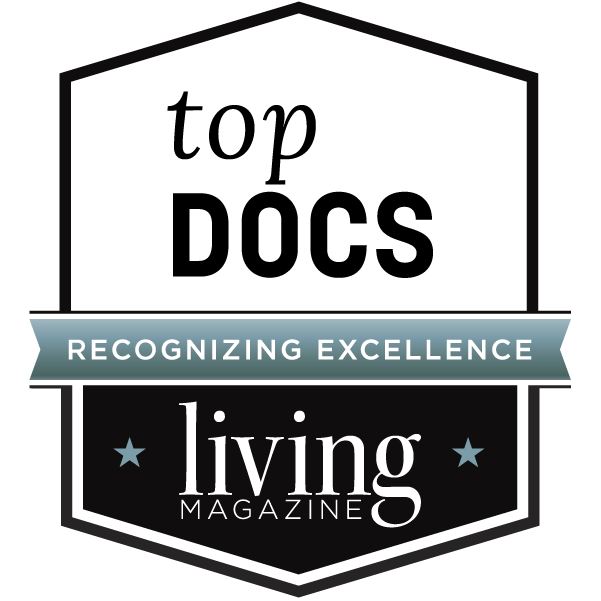
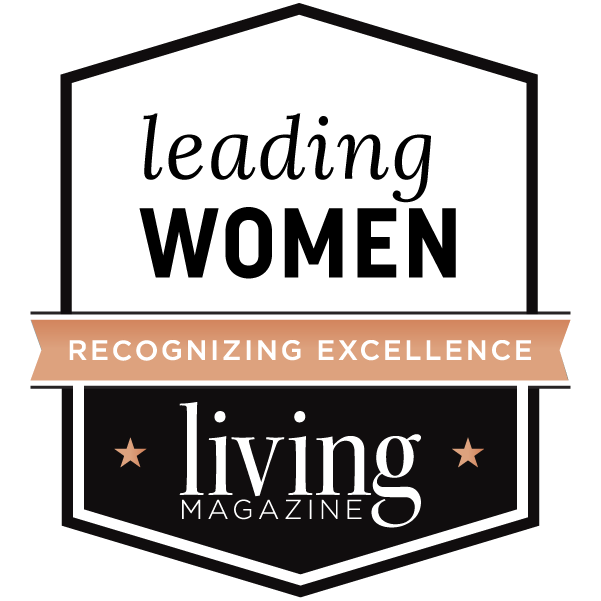
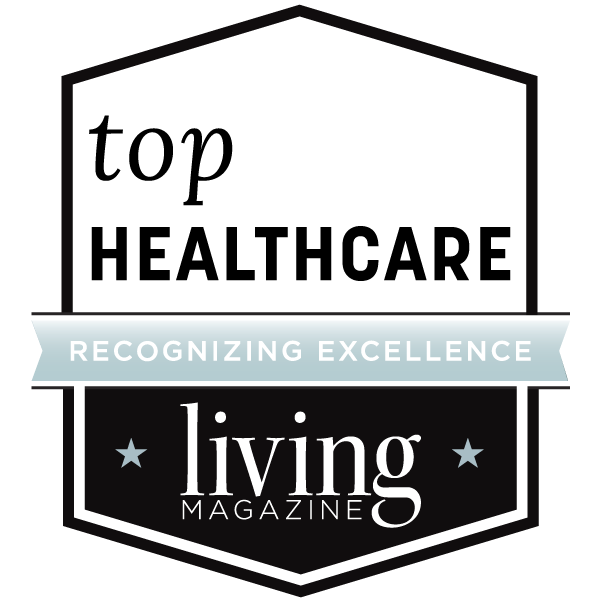


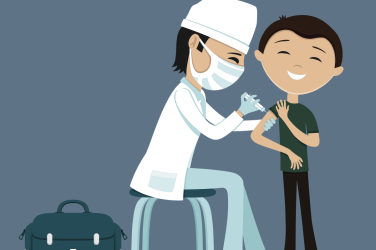

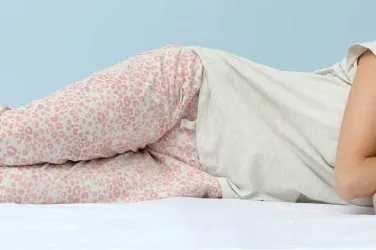


Show Comments